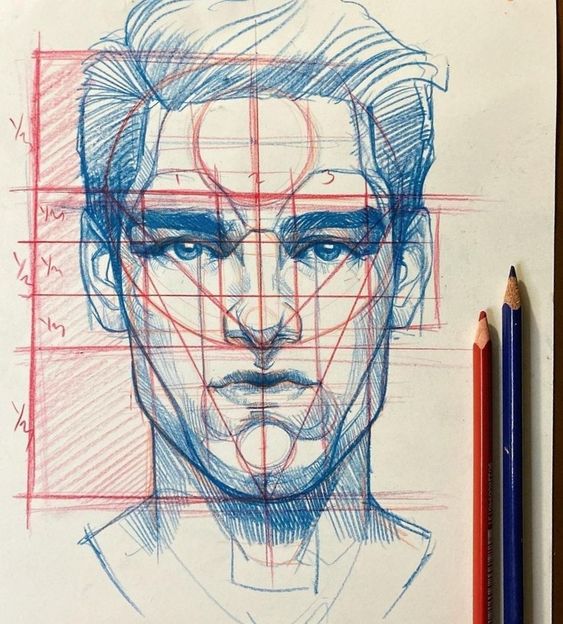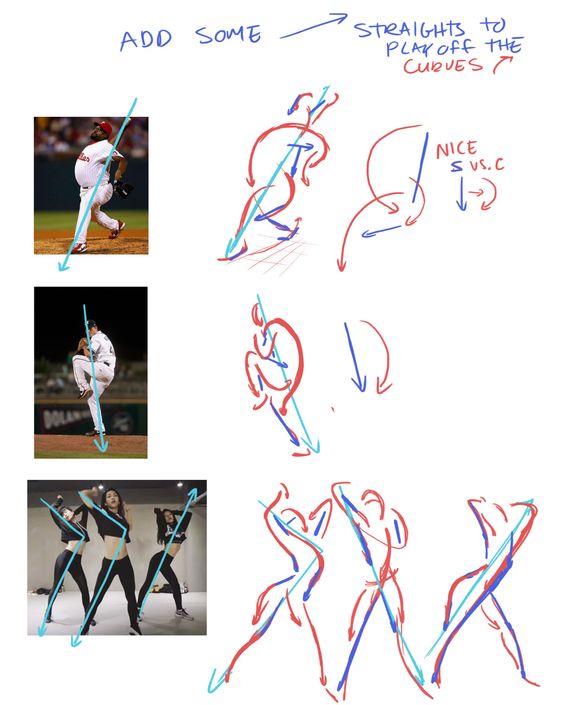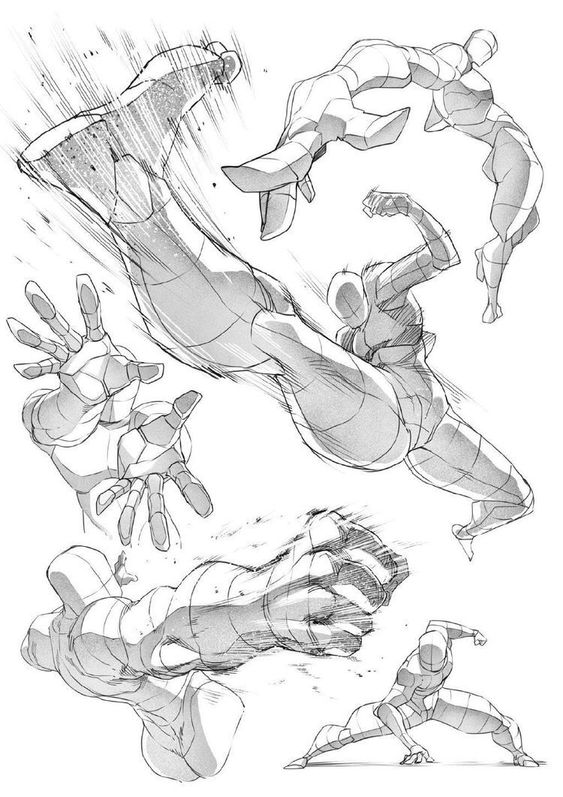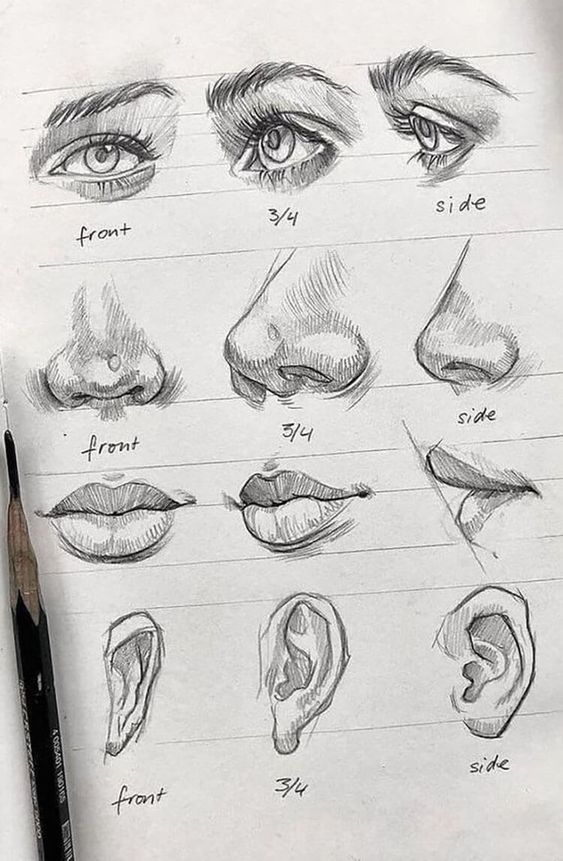Drawing is a powerful tool for expressing creativity and imagination. Whether one is a beginner or an experienced artist, there are always new techniques and skills to learn in order to improve their craft. With the right guidance and practice, anyone can become a master of the art of drawing.


This article will provide readers with 10 essential techniques for stunning sketches. It will cover the fundamentals of drawing, including line, shape, form, and perspective, as well as techniques for creating textures and shading. Readers will also learn about the different tools and materials used in drawing, and how to choose the right ones for their needs.
In addition to technique-specific exercises, this article will explore more advanced concepts in drawing, such as composition, color theory, and figure drawing. It will also discuss how to cultivate the artist’s mindset, including tips for staying motivated and overcoming creative blocks. Finally, readers will discover practical applications and projects to apply their newfound skills and knowledge.
Key Takeaways
- Mastering the art of drawing requires learning fundamental techniques such as line, shape, form, and perspective.
- Creating textures and shading is essential to creating stunning sketches.
- Developing an artist’s mindset and applying techniques to practical projects are key to becoming a skilled artist.
Fundamentals of Drawing

Understanding Form and Composition
Before diving into the technical aspects of drawing, it’s important to understand the fundamentals of form and composition. Form refers to the three-dimensional shape of objects, while composition refers to the arrangement of these objects within the frame of the drawing.
To create a convincing drawing, an artist must have a solid understanding of form and composition. This involves studying the way light interacts with objects, as well as the relationships between objects in a scene.
Developing Observational Skills
Observational skills are crucial for any artist looking to improve their drawing abilities. This involves training the eye to accurately perceive the details of a scene, as well as the relationships between objects.
One effective way to develop observational skills is to practice drawing from life. This involves setting up a still life or finding a scene in the real world to draw. By carefully observing the details of the scene and translating them onto paper, an artist can improve their ability to perceive and accurately depict the world around them.
Mastering Proportions and Perspective
Proportions and perspective are two of the most important technical skills for any artist to master. Proportions refer to the relationships between different parts of an object, while perspective refers to the way objects appear to change in size and shape as they move further away.


To master proportions and perspective, an artist must first understand the principles behind these concepts. This involves studying the way objects appear in space, as well as the way light interacts with them.
By practicing these fundamental skills, an artist can develop the technical abilities necessary to create stunning, lifelike drawings.
Techniques and Textures
Exploring Shading and Depth


Shading and depth are essential elements of drawing that give a sketch a three-dimensional feel. To achieve this effect, artists use a range of techniques such as cross-hatching, stippling, and blending. Cross-hatching involves drawing parallel lines in different directions to create a pattern of shading. Stippling involves using dots to create shading, while blending involves smoothing out the edges of a drawing to create a gradual transition between the light and dark areas.
Experimenting with Texture
Texture is an important aspect of drawing that can add depth and interest to a sketch. Artists can achieve different textures by varying the pressure and direction of their strokes. For example, using short, quick strokes can create a rough texture, while long, smooth strokes can create a smoother texture. Experimenting with different textures can help artists create more realistic and dynamic drawings.
Incorporating Light and Shadow
Light and shadow are crucial components of drawing that can help create a sense of depth and realism. Artists use a range of techniques to create the illusion of light and shadow, such as hatching, cross-hatching, and stippling. By varying the intensity and direction of their strokes, artists can create a range of effects, from soft and subtle to bold and dramatic.


In conclusion, mastering the art of drawing requires an understanding of techniques and textures. By exploring shading and depth, experimenting with texture, and incorporating light and shadow, artists can create stunning sketches that capture the imagination. With practice and patience, anyone can develop the skills needed to create beautiful works of art.
Drawing Tools and Materials

Choosing the Right Pencils and Graphite
When it comes to drawing, pencils and graphite are essential tools. The first step in choosing the right pencil is to understand the different grades of graphite. Graphite pencils are available in a range of grades, from 9B (softest) to 9H (hardest). The softer the pencil, the darker the line it produces. Artists typically use a range of pencils, from soft to hard, to create different effects in their sketches.


It’s also important to consider the type of lead in the pencil. Some pencils have lead made from graphite, while others have lead made from charcoal. Charcoal pencils produce a darker line and are great for creating bold, dramatic sketches. Graphite pencils are better suited for creating detailed, precise drawings.
Working with Ink and Charcoal
Ink and charcoal are two popular mediums for drawing. Ink is a versatile medium that can be used for a range of styles, from bold, graphic illustrations to delicate, detailed sketches. Charcoal, on the other hand, is a rich, dark medium that is great for creating dramatic, expressive drawings.


When working with ink, it’s important to choose the right type of pen. There are a variety of pens available, including fountain pens, brush pens, and technical pens. Each type of pen produces a different line quality, so it’s important to experiment to find the right one for your style.


Charcoal comes in a range of forms, from sticks to pencils to powder. Each form produces a different effect, so it’s important to experiment to find the right one for your needs.
Utilizing Pastels and Different Mediums


Pastels are a versatile medium that can be used to create a range of effects, from delicate, soft drawings to bold, vibrant illustrations. There are two types of pastels: soft pastels and oil pastels. Soft pastels are great for creating delicate, detailed drawings, while oil pastels are better suited for creating bold, expressive pieces.


In addition to pastels, there are a variety of other mediums that artists can use to create stunning sketches. These include colored pencils, markers, and watercolors. Each medium produces a different effect, so it’s important to experiment to find the right one for your style.
Technique-Specific Exercises

Practicing Line Work and Contour Drawing


Line work and contour drawing are essential techniques for creating accurate and detailed sketches. To practice these techniques, it is recommended to use a variety of drawing tools such as pencils, pens, or markers. Start by drawing simple objects, such as a cube or sphere, and focus on creating clean and precise lines. As you progress, try to incorporate more complex shapes and add shading to create depth and dimension.
Enhancing Gesture Drawing Skills


Gesture drawing is a technique used to capture the essence and movement of a subject. To enhance your gesture drawing skills, it is recommended to practice drawing from life, using quick and loose strokes to capture the movement and energy of the subject. Consider using a timer to limit the amount of time spent on each drawing, forcing you to work quickly and decisively.
Applying Stippling and Cross-Hatching
Stippling and cross-hatching are techniques used to create texture and shading in a drawing. To practice these techniques, start by drawing a simple object and experiment with different levels of shading using dots or lines. As you progress, try to incorporate more complex shapes and textures, such as fabric or foliage, to create a more realistic and detailed drawing.


Practice is key when it comes to mastering the art of drawing. By incorporating these technique-specific exercises into your practice routine, you can improve your skills and create stunning sketches with confidence and ease.
Advanced Concepts in Drawing

Capturing Anatomy and Figure Drawing


To take your drawing skills to the next level, it’s essential to have a good understanding of anatomy and figure drawing. By studying the underlying structures of the human body, you’ll be able to create more accurate and lifelike drawings.


An experienced artist knows that the key to capturing anatomy is to observe and understand the underlying structures. This involves studying the bones, muscles, and proportions of the human body. By mastering these skills, you’ll be able to create drawings that are both realistic and expressive.
Creating Dynamic Compositions
Creating a dynamic composition is essential for producing stunning sketches. A good composition is one that captures the viewer’s attention and leads their eye through the drawing. This is achieved by using techniques such as contrast, balance, and movement.


An experienced artist knows how to use these techniques to create a composition that is visually striking and engaging. By using contrast, for example, you can create a sense of depth and drama in your drawing. By using balance, you can create a sense of stability and harmony.
Understanding Negative Space and Feedback
Understanding negative space is another essential skill for any artist. Negative space refers to the space around and between objects in a drawing. By paying attention to negative space, you can create a sense of balance and harmony in your composition.


Feedback is also an important concept in drawing. By seeking feedback from other artists or from your audience, you can improve your skills and develop your own style. An experienced artist knows how to use feedback to their advantage, taking constructive criticism and using it to refine their technique.
By mastering these advanced concepts in drawing, you’ll be able to produce stunning sketches that are both realistic and expressive. With practice and dedication, you can take your drawing skills to the next level and create art that truly stands out.
Cultivating the Artist’s Mindset

Embracing Patience and Dedication


Drawing is an art that requires patience and dedication. It takes time to master the techniques and skills necessary to create stunning sketches. Patience is key to achieving success in drawing. It allows the artist to take the time needed to carefully observe their subject and to make precise marks on paper. Dedication is also important because it ensures that the artist continues to practice and improve their skills over time.
Learning from Mistakes
Mistakes are an inevitable part of the drawing process. However, they can also be a valuable learning opportunity. By analyzing their mistakes, artists can identify areas where they need to improve and work to correct them. It is important to remember that mistakes are not failures but rather a necessary step towards success.
Maintaining a Sketchbook
A sketchbook is an essential tool for any artist. It allows them to capture their ideas and observations in a convenient and portable format. A sketchbook also serves as a record of the artist’s progress over time. By reviewing their earlier sketches, artists can see how far they have come and identify areas where they still need to improve.


Maintaining a sketchbook also helps artists develop their attention to detail. By carefully observing their subject and recording it in their sketchbook, artists train their eyes to see the world in a more detailed and nuanced way. This attention to detail is essential for creating realistic and compelling drawings.
Conclusion
Cultivating the artist’s mindset is essential for mastering the art of drawing. By embracing patience and dedication, learning from mistakes, and maintaining a sketchbook, artists can develop the skills and techniques necessary to create stunning sketches. With practice and perseverance, anyone can become a skilled artist with a keen eye for detail and a steady hand-eye coordination.
Practical Applications and Projects

Drawing from Nature and Surroundings


Drawing from nature and surroundings is an excellent way to improve your sketching skills. When drawing from nature, an artist can learn to capture the essence of the subject and create a stunning sketch. It is essential to observe the subject carefully and note the details of its shape, texture, and color. Drawing from nature can help an artist develop their skills in shading, highlighting, and creating depth.
Utilizing Grids for Accurate Proportions


Utilizing grids is an effective way to achieve accurate proportions in your sketches. A grid is a series of intersecting lines that create a framework for the drawing. By dividing the subject into smaller sections, an artist can accurately capture the proportions of the subject. Grids can be created using a ruler or by using a grid overlay on a reference image. Utilizing grids can help an artist improve their skills in perspective and proportion.
Highlighting and Finishing Touches
Highlighting and finishing touches are essential techniques that can help bring a sketch to life. Highlighting involves adding light to the subject to create the illusion of depth and texture. An artist can use a range of tools, including pencils, erasers, and blending tools, to create highlights. Finishing touches involve refining the sketch and adding details to enhance its realism. An artist can use various techniques, such as cross-hatching, stippling, and smudging, to create texture and depth.


In conclusion, mastering the art of drawing requires practice and patience. By applying the techniques discussed in this section, an artist can improve their skills and create stunning sketches. Drawing from nature and surroundings, utilizing grids for accurate proportions, and highlighting and finishing touches are essential techniques that can help an artist achieve their goals.
- 5.5Kshares
- Facebook0
- Pinterest5.5K
- Twitter3
- Reddit0


